Understanding Alcohol Cravings and How to Manage Them Ref.
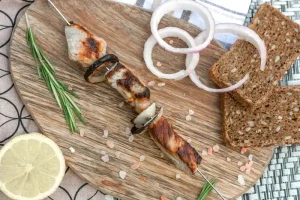
The list we present here is based on empirical research on clinical protocols for addressing alcohol cravings in treatment. The good news is that using these methods can improve our ability to manage and reduce urges. Research shows that naltrexone works best for people who have already stopped drinking for at least 4 days when they begin treatment.

Alcohol Addiction Treatment in Mississippi
- We publish material that is researched, cited, edited and reviewed by licensed medical professionals.
- It acts like a “Ctrl+Alt+Delete” for negative emotions, interrupting the brain’s program that’s commanding you to drink.
- This evolves into moments of “sharper jolt” – perhaps an embarrassing incident, a health scare, or a concerned remark from a loved one.
- This might involve learning stress management techniques, finding new ways to socialize without alcohol, or developing healthier sleep habits.
- The Recovery Village Palmer Lake specializes in compassionate, evidence-based care tailored to your needs.
- Both programs emphasize the importance of coping with triggers during alcohol recovery in PA, equipping individuals with the tools and strategies needed to manage cravings and avoid relapse.
But when used along with alcohol treatment in San Diego, you can achieve optimal outcomes. Liver damage, cardiovascular problems, and neurological impairments, just to name a few. Not to mention, the physical withdrawal symptoms you may experience when abstaining are no walk in the park. Alcohol cravings can be extremely challenging to overcome, especially if you are in early alcohol addiction recovery.
Research shows GLP-1 medications may help reduce cravings and prevent relapse.
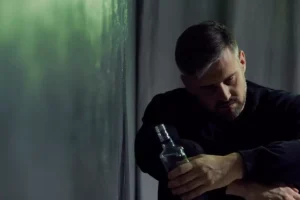
Medications can provide essential relief, quieting those urges long enough for real healing to begin. But pills alone aren’t enough; supportive therapy and mental health care are just as important in giving people the strength they need to move forward. Addiction Resource is an educational platform for sharing and disseminating information about addiction and substance abuse recovery centers.
Start Your Recovery Today
Even some people who aren’t alcoholics still have cravings for the substance. Dealing with alcohol cravings from alcohol dependence is one problem that makes recovery incredibly tricky. How long these urges last often depends on how long and how heavily someone drank, what kind of emotional support they have, and their overall physical and mental health. Factors like stress, nutrition, sleep, and trauma history can all play a role.
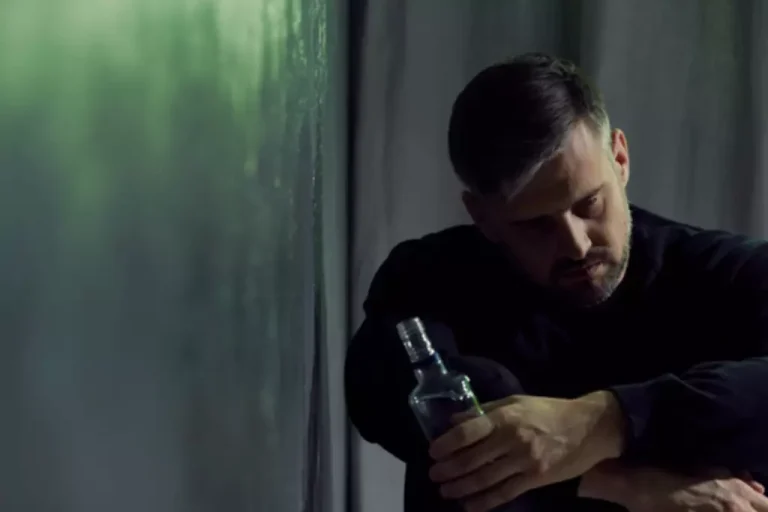
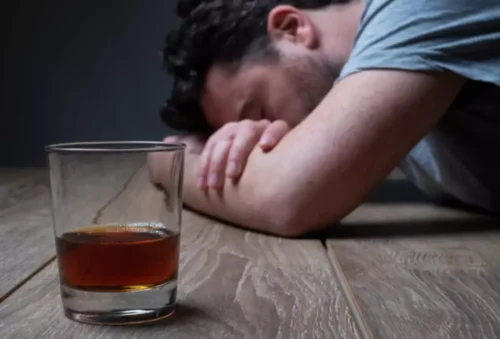
Clinical studies used for acamprosate approval ranged from 90 days to 360 days of therapy. Acamprosate should be avoided by those with severe kidney problems and people who may be allergic to any of its ingredients. Using acamprosate does not eliminate or diminish alcohol withdrawal symptoms. Yes, medications what helps alcohol cravings like Naltrexone, Acamprosate, and Disulfiram are FDA-approved to help treat alcohol use disorder by reducing cravings, preventing relapse, and discouraging alcohol consumption.
Engage in healthy activities
And as your circle sees you living a calm, productive, and joyful life without hangovers, some might eventually become curious and approach you quietly, asking, “How do you do it? ” You can then choose to share your story, or simply let your life be the most powerful example. If you’re reading this, it’s likely a Halfway house quiet, nagging voice has been whispering in your ear, suggesting that your relationship with alcohol isn’t quite right.
- When you do, you can either cut down your drinking significantly or achieve long-term sobriety.
- Consider how giving into an urge keeps it alive while not giving in to the urge slowly kills it.
- Finding a professional detox center can be the step you need to succeed in sobriety.
Many people ask the same, and the good news is, there are real solutions. Research is needed to understand the mechanisms by which GLP-1 receptor agonists reduce alcohol cravings. Dr. Klein says that preclinical studies suggest that these effects are likely mediated in the brain and involve changes in reward processing.
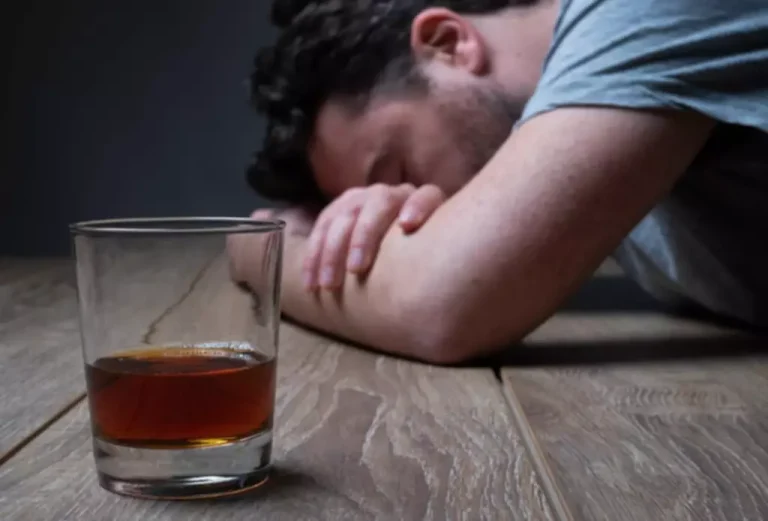
Reallocating your “drinking budget” to these reinforcements is a wise investment in your future. Over time, as your body recovers, you may even find you can pare down your regimen to just a few essentials, a testament to your newfound health and resilience. Nuts and seeds are packed with healthy fats, proteins, and fibers, making them a perfect snack to curb alcohol cravings. Plus, they are loaded with essential nutrients like magnesium, which may alleviate alcohol cravings. Staying hydrated is also crucial, as dehydration can lead to fatigue and mood imbalances, which may increase alcohol cravings. Aim to drink plenty of water throughout the day and limit the consumption of dehydrating beverages like alcohol and caffeine.